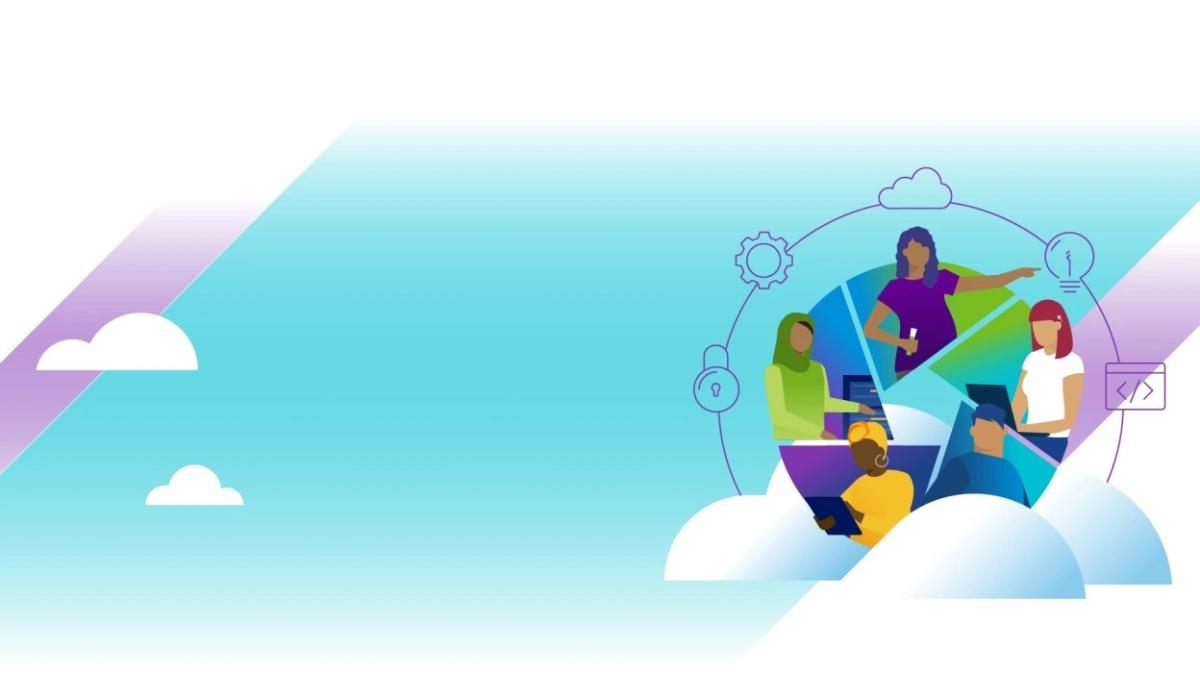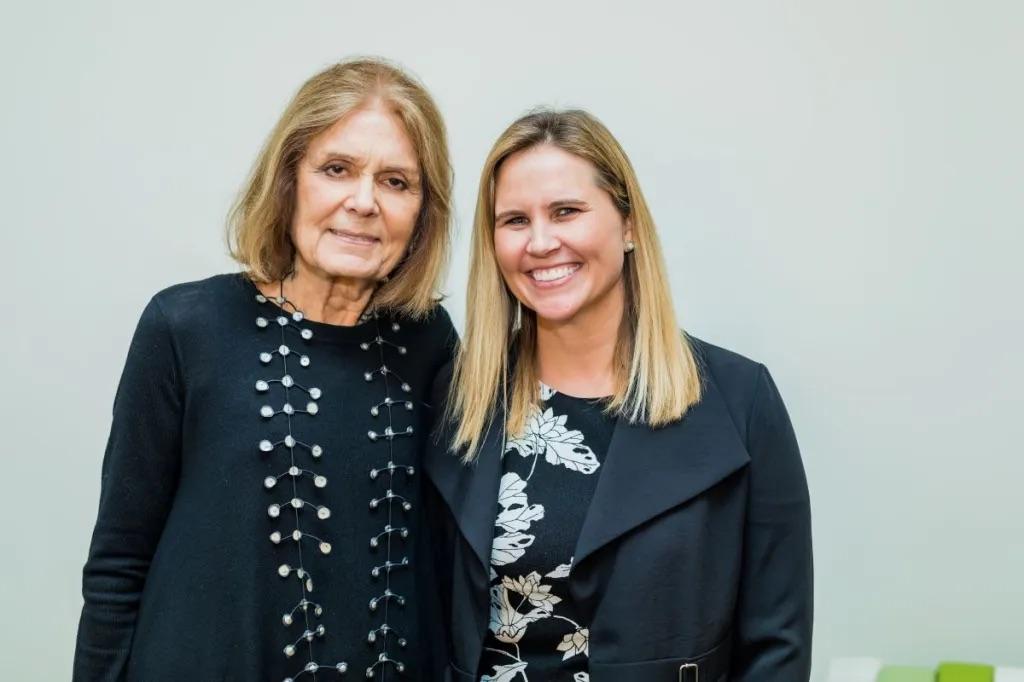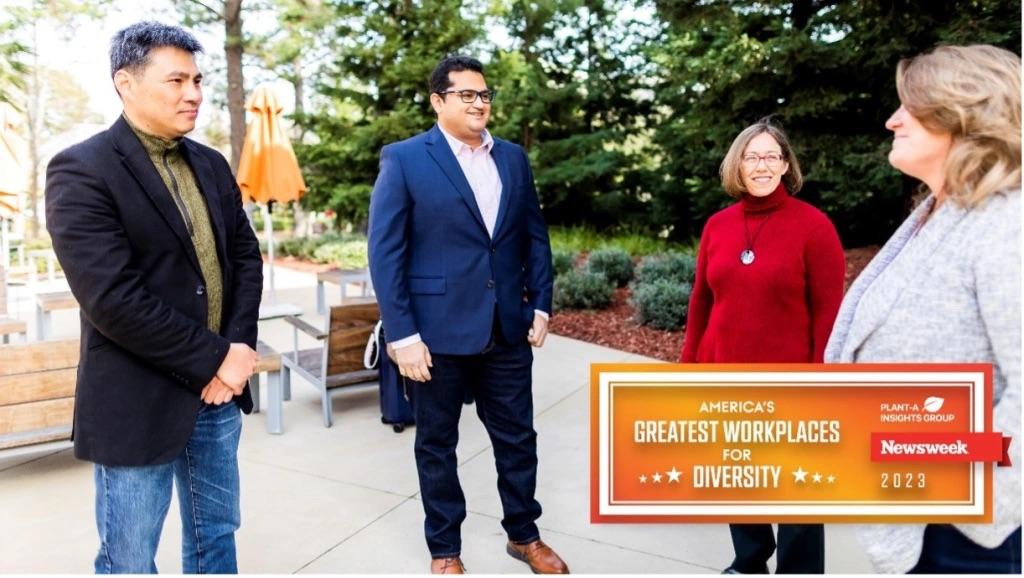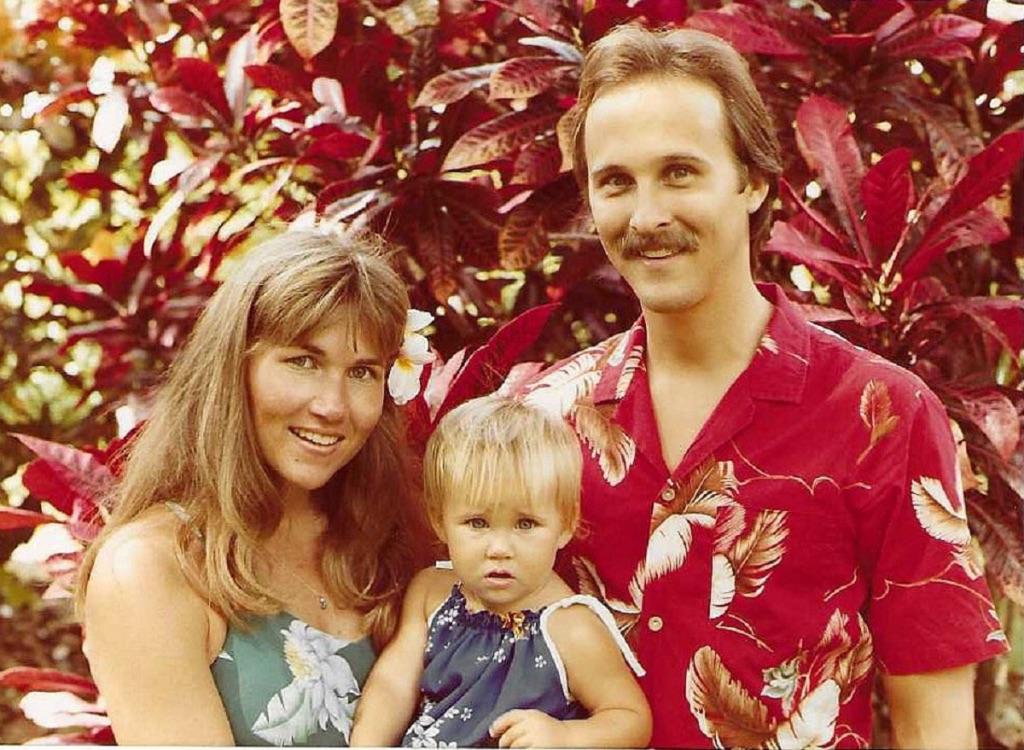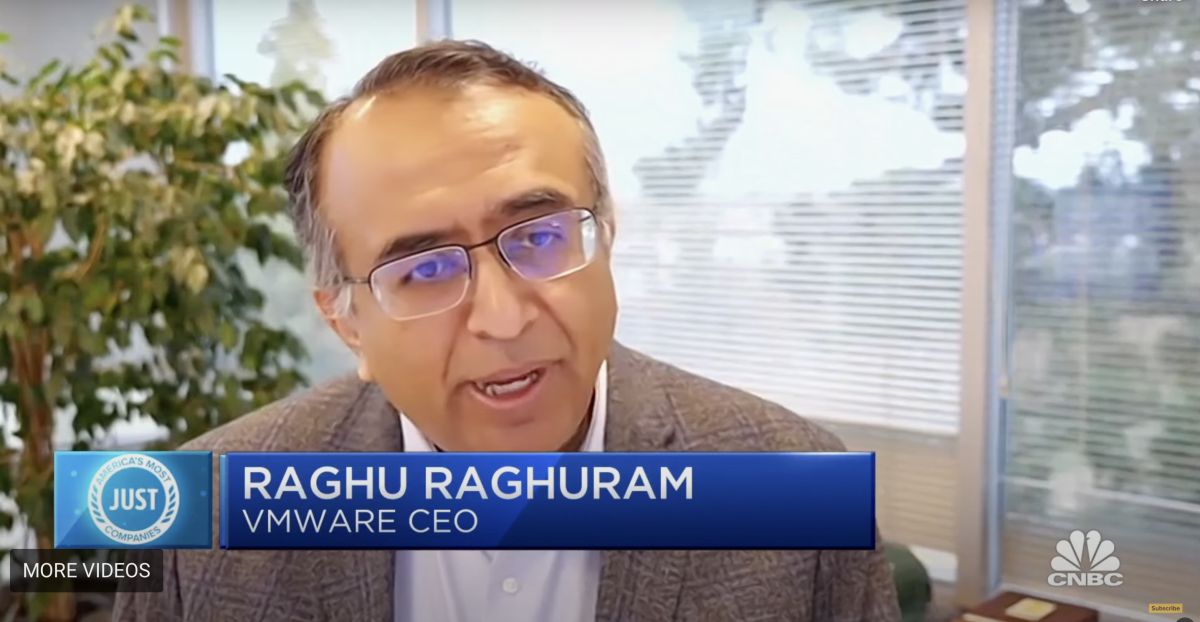How VMware Is Keeping the Momentum Going on DEI
March is Women’s History Month, and I am excited to celebrate it at VMware. This year, our Women’s Power of Difference (POD)* community wrote and performed a song that celebrates this community building, and listening to it, I cannot stop smiling because it demonstrates what Women’s History Month is all about: community, empowerment and joy!
Personally, I make it an opportunity to talk to my two young daughters about the history of trailblazers who paved the way for gender equality. I emphasize that it was a hard-won struggle by courageous champions who have become our role models.
A notable example is Gloria Steinem, the American journalist and social-political activist who is a key figure in the Women’s Rights Movement in the U.S. A few years ago, I had the privilege to meet and talk with her at VMware, and I tell my girls that it is our responsibility to continue and to expand the work that Gloria and so many others have done.
We love to read The Little Feminist and Little Leaders: Bold Women in Black Historybooks and talk about what it means to identify as a girl as well as other intersectional aspects of identity.
In these past years watching my girls grow up amidst ongoing societal conversations around women’s rights, Women’s History Month has become not just a reminder to me that we have made great progress, but a call to action to continue championing for the next generation.
It is significant to me that like Women’s History Month, VMware’s Diversity, Equity and Inclusion (DEI) celebrates progress while recognizing there is more progress to be made.
At VMware, we reflect on our DEI journey that we started here in 2014 when women identified as 22.6% of our workforce. Now, in 2023, women constitute almost 30% of our workforce. Another marker on our DEI journey for women is pay equity, which means equal pay for equal work. I am proud that we have remained committed to pay equity over the years and we continually analyze compensation globally, accounting for multiple factors that influence pay such as job, grade, tenure, time in job, geographic location, and performance.
Our most recent data analysis by a third party shows that at VMware, women earn 99% of their male counterparts’ salary globally and racial and ethnic minority employees earn 100% of their white counterparts in the U.S. We are proud of these results and remain strongly committed to pay equity and equal opportunity across gender and racial lines.
The theme for Women's History Month this year is Embrace Equity, which I think is a timely opportunity to highlight the difference between equality and equity. Equality is about giving the same resources and opportunities without considering individual experiences and abilities. Equity goes further by recognizing systemic barriers and unique needs. It commits to investments that equalize the playing field. Understanding the difference between equality and equity will not only help us seek inclusion for all, but it will go a long way in identifying and calling out discrimination and drawing attention to bias, which has long held back women and other underrepresented communities from access to opportunities, representation and advancement.
We’ve spent a lot of time at VMware through our DEI Learning Journey talking about unconscious bias as an example of a barrier to representation and advancement that women and underrepresented groups may face; from isolation to stereotypes that promote incorrect yet commonly held perceptions about who is a good leader or how an employee performs. While we may strive towards the ideal of meritocracy, that concept can ignore the fact that women and underrepresented groups are judged by and held to different standards. Systemic barriers can make it consistently harder for equally qualified and ambitious women and those who identify as members of underrepresented groups to get ahead.
Research shows that when companies think they are meritocratic, there is more evidence of bias. Instead, we encourage VMware employees to commit to an inclusive culture where we strive toward a diverse representation of people and equitable processes that block systemic bias, and where inclusion is embedded into all aspects of an employee’s career journey, including hiring and promotion.
DEI—A Strong Business-Led Initiative
Our DEI strategy is focused on a business-led and outside-in approach. This means we enable everyone to drive DEI – not just HR (Human Resources) or the DEI team – and we connect our strategy directly to outcomes that align with the business needs. We are aiming for key outcomes such as retention, employee sentiment, and leadership effectiveness, which are critical levers for business transformation.
As a Deloitte consulting alum, I am indebted to the knowledge that I gained from their DEI maturity model. VMware started with a leader-led approach to DEI, but going forward, the new phase of our work will focus on moving to a fully integrated approach. This signifies a shift in DEI from being a part of how we lead and manage our people to having DEI fully integrated in how we do business. We have already seen movement into the fully integrated approach with efforts such as our Inclusive Terminology initiative, led by our Chief Technology Officer. This project identifies and eliminates insensitive terms in code, internal communications and marketing collateral that do not reflect our values. But this is just a start as we work to enable the businesses to identify where they can directly drive DEI efforts as part of their own processes. We provide coaching, enablement, and support for business leaders to develop strong business-led DEI initiatives that they will implement, champion and promote.
Keeping the Momentum Going
I am keenly aware that culture matters, now more than ever. As we move forward as a community at a company, we are empowering our leaders to cultivate an inclusive culture and support our talent, especially those who are underrepresented. As we shift from a mindset of DEI is a people-only opportunity to DEI is a more comprehensive business-led opportunity, we will ignite exponential acceleration of our efforts. To support this acceleration, it is crucial to connect and measure the vital correlation between progress in DEI and business outcomes, including meaningful employee engagement, talent retention, and team stability.
My mother is an educator and committed feminist and my father, a lawyer. They inspired me to contribute to a just and fair world. My parents’ influence guided my career path and continues to inspire me each day. As we celebrate Women’s History Month and our progress in DEI, I am fortunate that at VMware, I can help keep the momentum going toward a workplace and world where everyone can thrive.
*At VMware, we collectively refer to our Employee Resource Groups (ERGs) as Power of Difference communities or PODs. Learn more!

